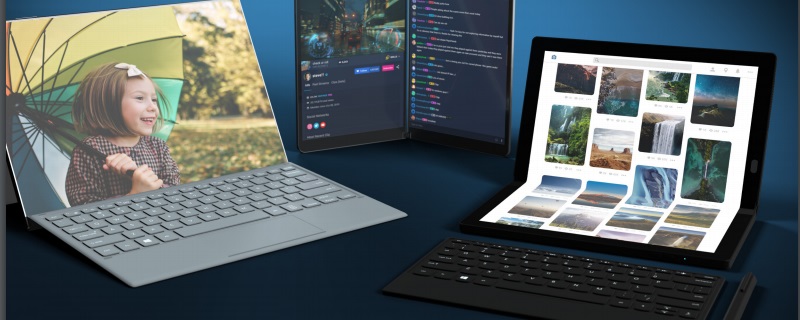Intel brings 3D processors to market with its Hybrid Lakefield chips
Intel brings 3D processors to market with its Hybrid Lakefield chips
At CES 2019, Intel revealed Lakefield, the company’s first Foveros 3D processor, a design which combines a high-performance Sunny Cove with four low-power Tremont cores to deliver leading performance/watt characteristics and high levels of single-threaded performance. Intel’s Gen 11 graphics are also part of this product, bringing high-performance graphics into sub-10W processors.Â
With Intel’s 3D chip manufacturing capabilities, Lakefield’s 10nm package is a mind-bending 12mm x 12mm size. That’s tiny, and this feat allows Intel to invest in a new generation of compacted PC devices, something which will bring x86 to smaller devices than ever before. With a 7W TDP and a tiny package size, Intel is opening the door for a new era fo ultra-mobile PCs.Â
With Lakefield, Intel promises some major innovations over its last generation of low power processors. Intel boasts a 1.7x increase in graphics performance, up to a 12% increase in single-threaded performance and a 24% boost in 24% boost in CPU performance per unit of SOC power when compared to the company’s Lakefield, the company’s i7-8500Y Amber Lake-Y processor.Â
Using Hardware-Guided OS Scheduling, Intel has been able to allow Windows to move single-threaded workloads over to its high-performance Sunny Cove CPU cores to deliver increased system responsiveness and higher levels of overall performance. This allows Intel to deliver high-performance levels where it counts while maintaining low levels of power draw with its Tremont cores.Â
Lakefield systems support WiFi6 and LTE solutions, making these devices ideal for on-the-go connectivity. Intel has also added a second display pipeline to this processor suitable for dual-screen devices.Â
 Â Â
 Â
Intel is releasing Lakefield with two initial devices, the Lenovo ThinkPad XX1 Fold and the Samsung Galaxy Book S, both of which will be available in selected markets this June.Â
Below are the specifications of Intel’s i3 and i5 Lakefield processors, both of which offer users the same core/thread count. Intel has no i7 model for its current Lakefield CPU lineup.Â
 What remains to be seen is how well these systems will perform in the hands of end-users, and if Intel’s approach to low-power x86 devices will be something that the company will explore in the long term. High-end users will always want Intel to utilise its highest-performance cores within the desktop market, but mainstream users and mobile device users will benefit from the lower power characteristics of these new hybrid designs.Â
Â
You can join the discussion on Intel’s 3D Lakefield Hybrid processors on the OC3D Forums.Â





